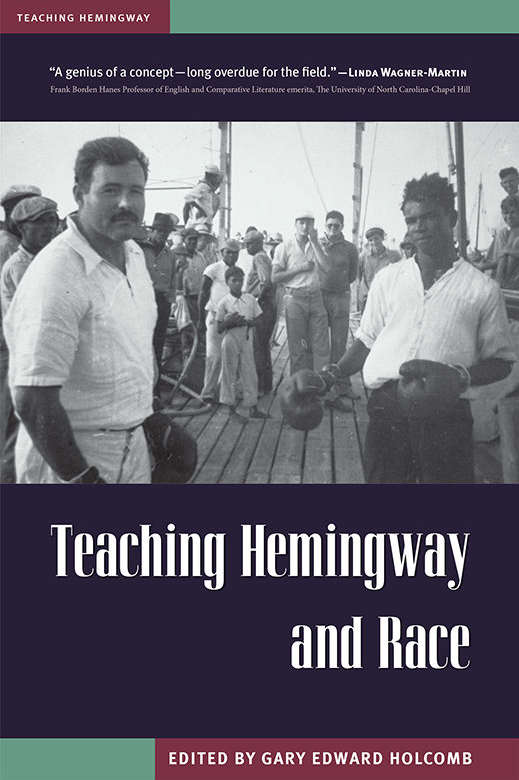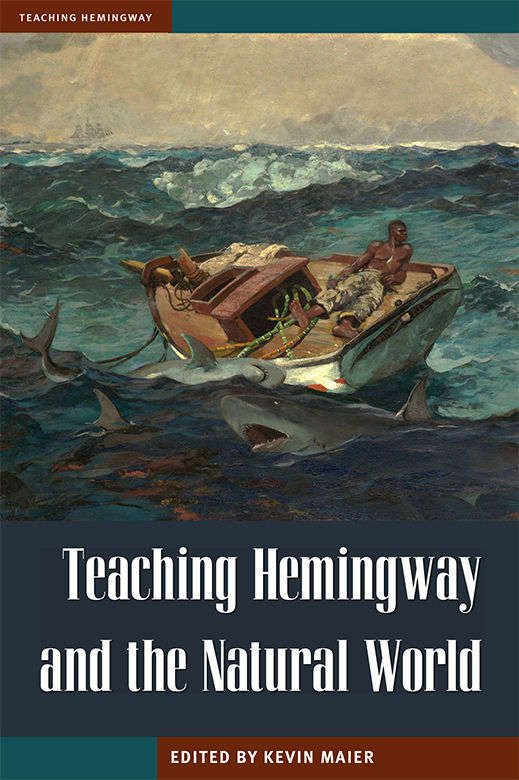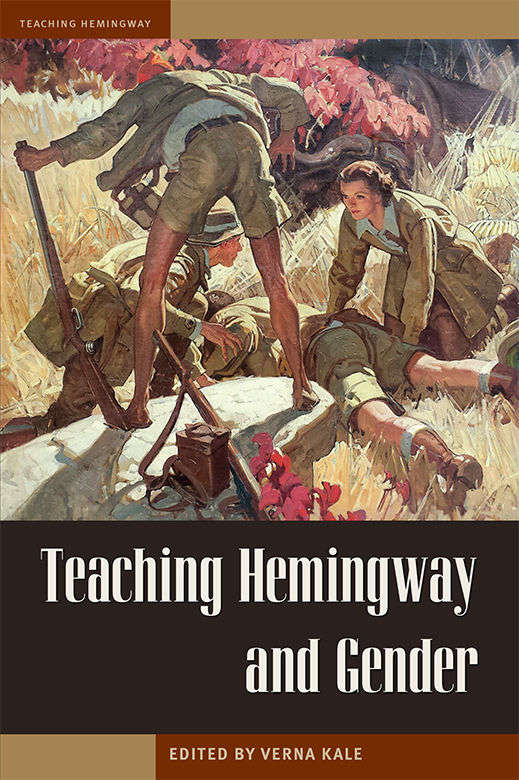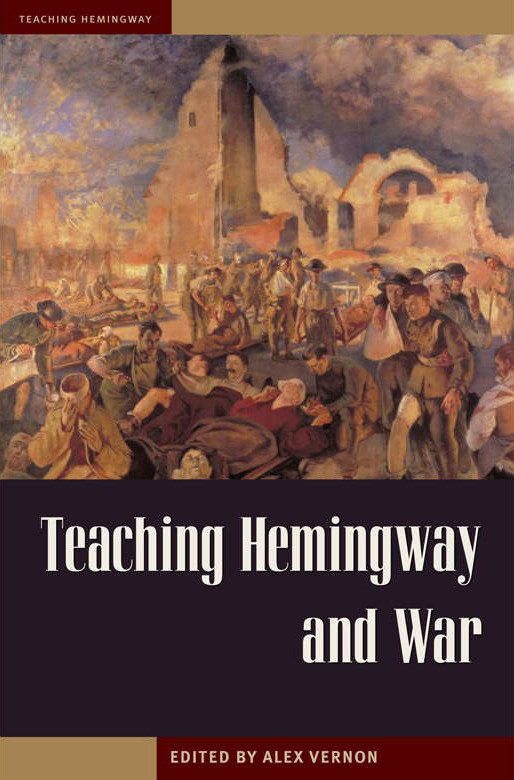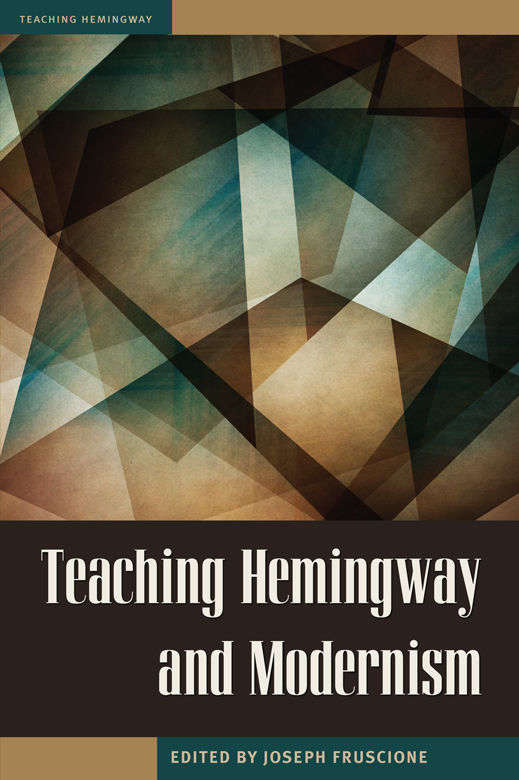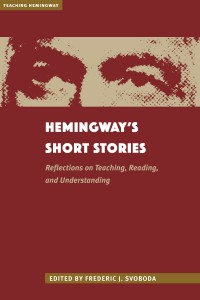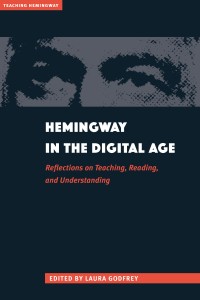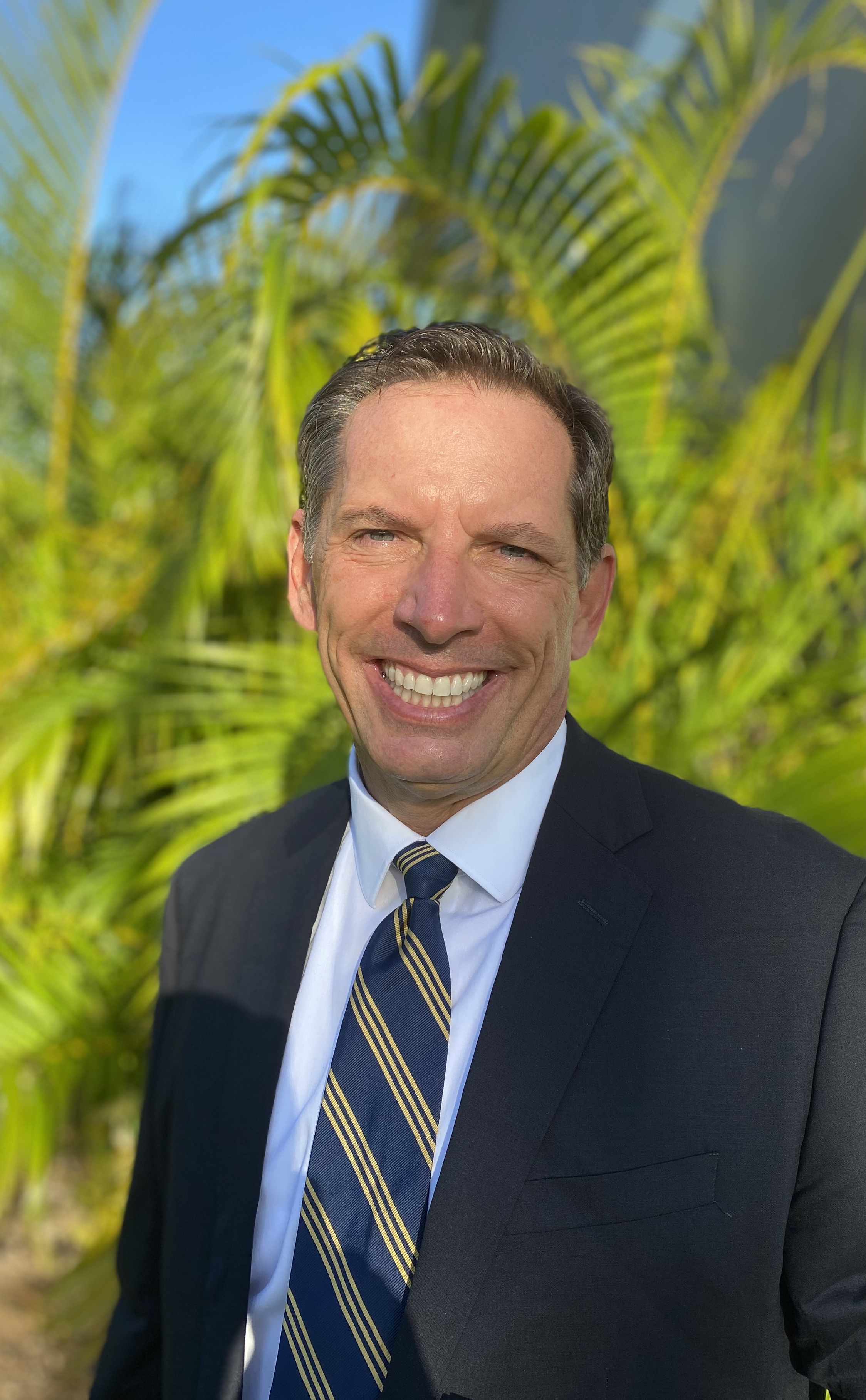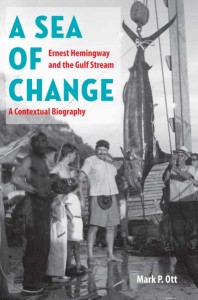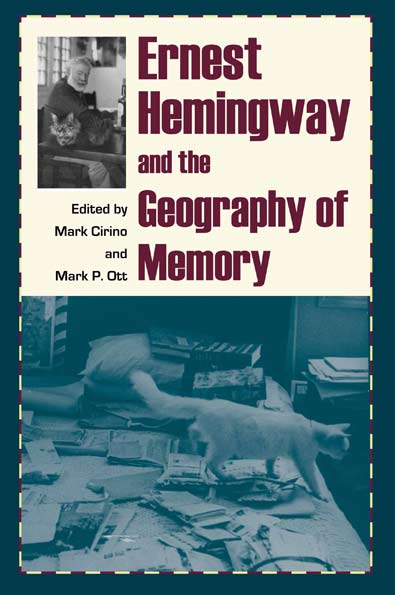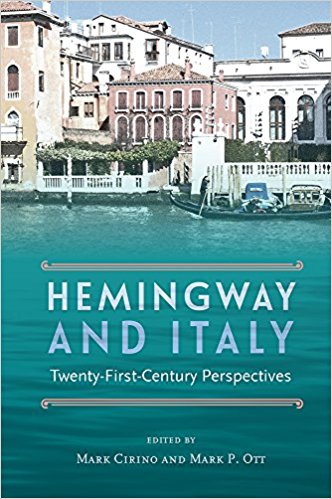The Teaching Hemingway Books
The Teaching Hemingway Series presents multiauthor collections of essays on various approaches to teaching the emergent themes in Hemingway's major works to a variety of students in secondary public and private schools, and at the undergraduate and graduate level. Among other topics, forthcoming volumes will explore the role of gender, modernism, the natural world, war, and race in Hemingway's most enduring works.
Take a look at this TEDx talk and podcast by series editor Dr. Mark Ott and the Hemingway Society's newsletter with an interview and Q&A with editors Laura Godfrey and Gary Edward Holcomb. The Teaching Hemingway series is published by Kent State University Press and the books can be found on Amazon. Also check out our partner series Reading Hemingway, edited by Mark Cirino, also published by Kent State University Press.

